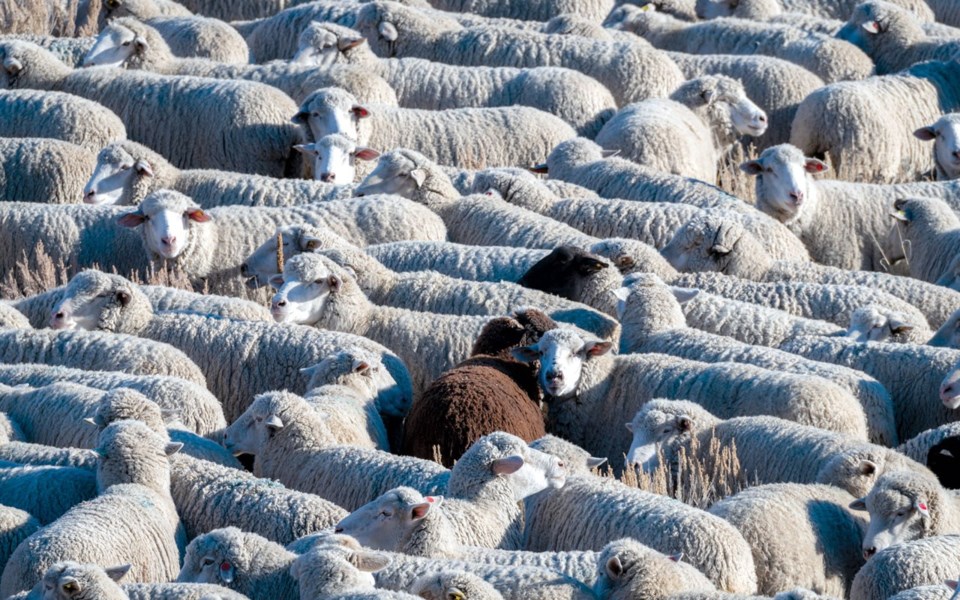
It used to be that sheep outnumbered people in the state of Idaho. Back in 1920, a period of concentrated immigration by the sheep-herding Basque, there were almost 2.5 million sheep and lambs in the state with about 431,866 people living in Idaho. Fast forward to the year 2019 and the numbers are now reversed—about 255,000 sheep and lambs contrasted against a census population of 1.79 million people.
That trend is what prompted the people of Idaho more than 25 years ago to celebrate the tradition of moving sheep (trailing) from high-mountain, summer pastures down to winter-grazing pastures at lower elevations. Before the "old" ways and traditions were lost.
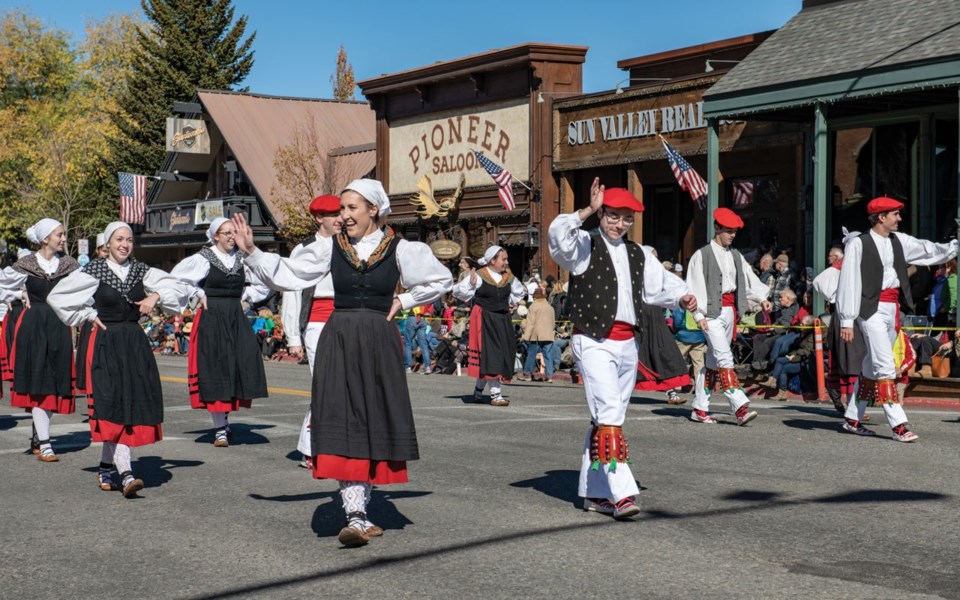
Trailing of the Sheep Festival
As Idaho's premiere cultural event of the year, it's the sheep and sheepherders that are the stars, and the venue is in the mountain resort area of Sun Valley and the nearby towns of Ketchum and Hailey in central Idaho. This year the dates for the many cultural and culinary events are from Oct. 9 to 13.
Nowadays, the Trailing of the Sheep Festival celebrates everything about sheep and the people, arts, cultures and traditions of sheep ranching in Idaho and the West. But it's really more than honouring sheep ranching in the West as today most sheepherders are immigrants on temporary agricultural visas, coming to the U.S. for three-year stints from Peru, Chile, Bolivia and Mexico. So, the festival has become an international celebration of cultures, dance, and food as well.
Nonstop activities happen over the span of a five-day festival. From history, lectures, movies, folk and traditional art to music, dancing, storytelling, culinary and championship sheepdog trials, there's something for everyone.
It all leads up to the Big Sheep Parade down the Main Street of Ketchum, with 1,500-plus sheep herded down asphalt with both sides of the street brimming with sheep-admirers. Be sure to bundle up, however, since autumn mornings in the Idaho mountains can be quite brisk.
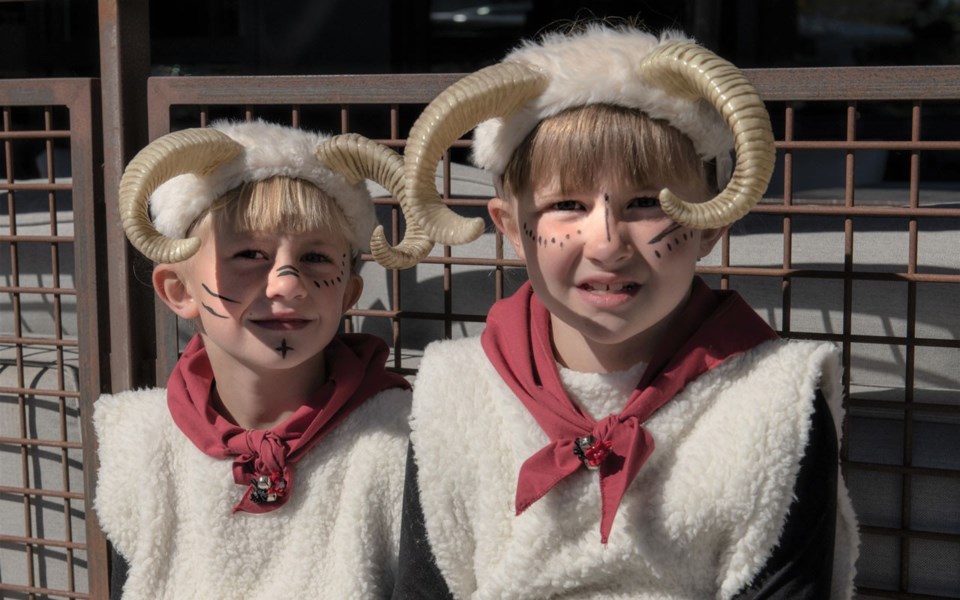
Fan favourites
Fan favourites always include the Basque dancers at the Sheep Folklife Fair. (The Basque were some of the original sheepherders in Idaho.) A new addition appeared last year with the debut of the Black Sheep Dancers of Nevada and easily became one of my favourites. More formally known as the Ruby Mountain Ardi Baltza Basque Dancers, they range in age from three years-old and up and are adorably outfitted in lamb (younger dancers) and black sheep (older dancers) outfits that are creatively interpretive and just plain fun. Their choreography is largely inspired by Celtic lore with an affinity with nature.
Rounding out cultural dancing at the Folklife Fair are dance troops featuring the Basque, Scottish, Polish and Peruvian dancers and musicians.
Another very popular event is the championship sheepdog trials where 70 talented border collies compete and display their leadership and herding abilities with sheep.
This is also the opportunity to try all things with lamb, as many culinary events showcase lamb dishes, cooking with lamb, and farm-to-table dinners. You just might be surprised at the flavourful dishes. Be sure to look for the sheep cheese on sale at the Sheep Folklife Fair. Complimentary tastings are offered.
If offered, be sure to take advantage of the short hikes that show off some of the arborglyphs carved into trees by lonely sheepherders. The art is temporal as the threat of wildfires, vandalism and decay take their toll on this unique art form. See it while you can.
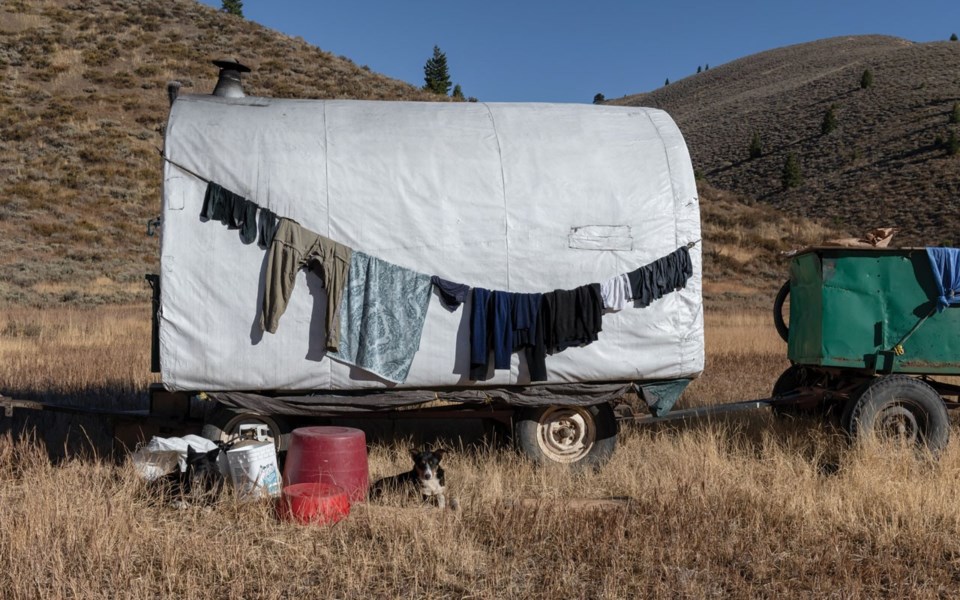
A vanishing profession
While it used to be that many sheep herds flocked on public Bureau of Land Management lands in the United States in the 1900s, regulations are now more restrictive, public access is disappearing in many places, and there are increasing restrictions on public grazing. Plus, the life of a sheepherder has always been known as arduous and lonely. (Today, cell phones take off some of the edge of isolation, but the loneliness is still a reality that many are not equipped emotionally to deal with.) As a result, the sheepherder profession is a shrinking industry that increasingly reaches internationally to staff its ranks. But even those numbers are declining.
The Trailing of the Sheep Festival is a celebration that honours those heroes and the sacrifices they make in continuing the sheepherding tradition. It may be a vanishing profession, but one with a colourful mixture of culture, traditions, and stories that should continue to be told.
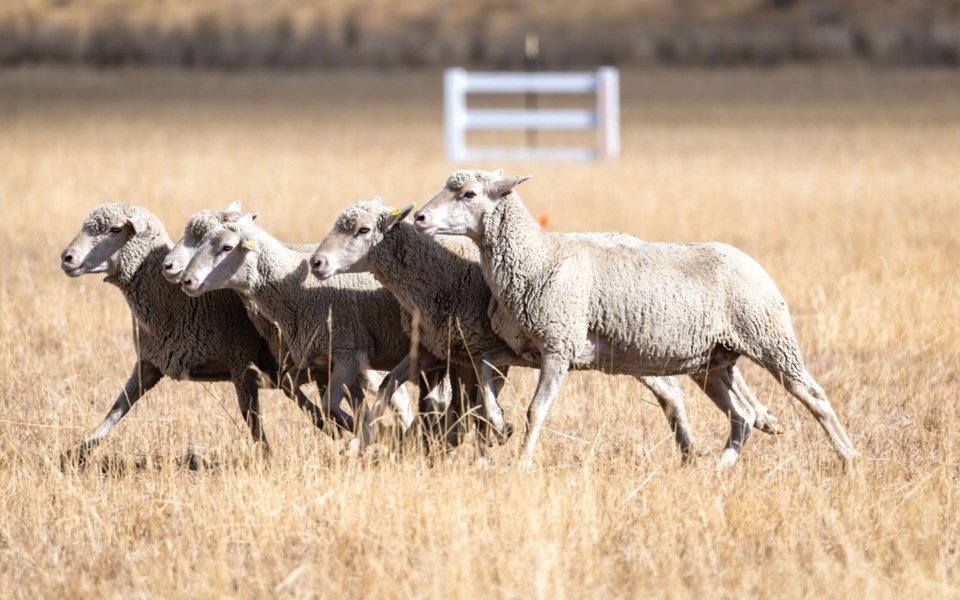
For more information:
Trailing of the Sheep Festival
October 9-13, 2019
www.trailingofthesheep.org



